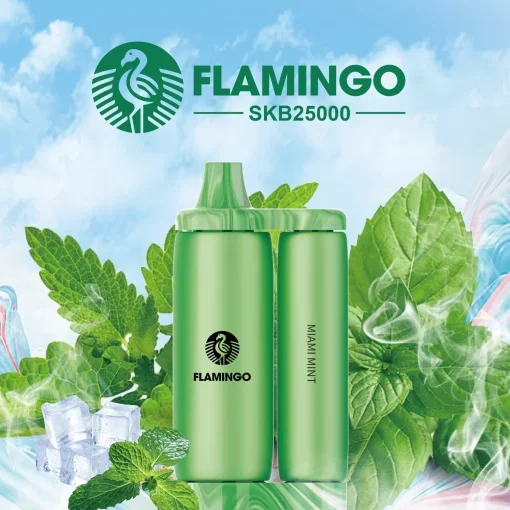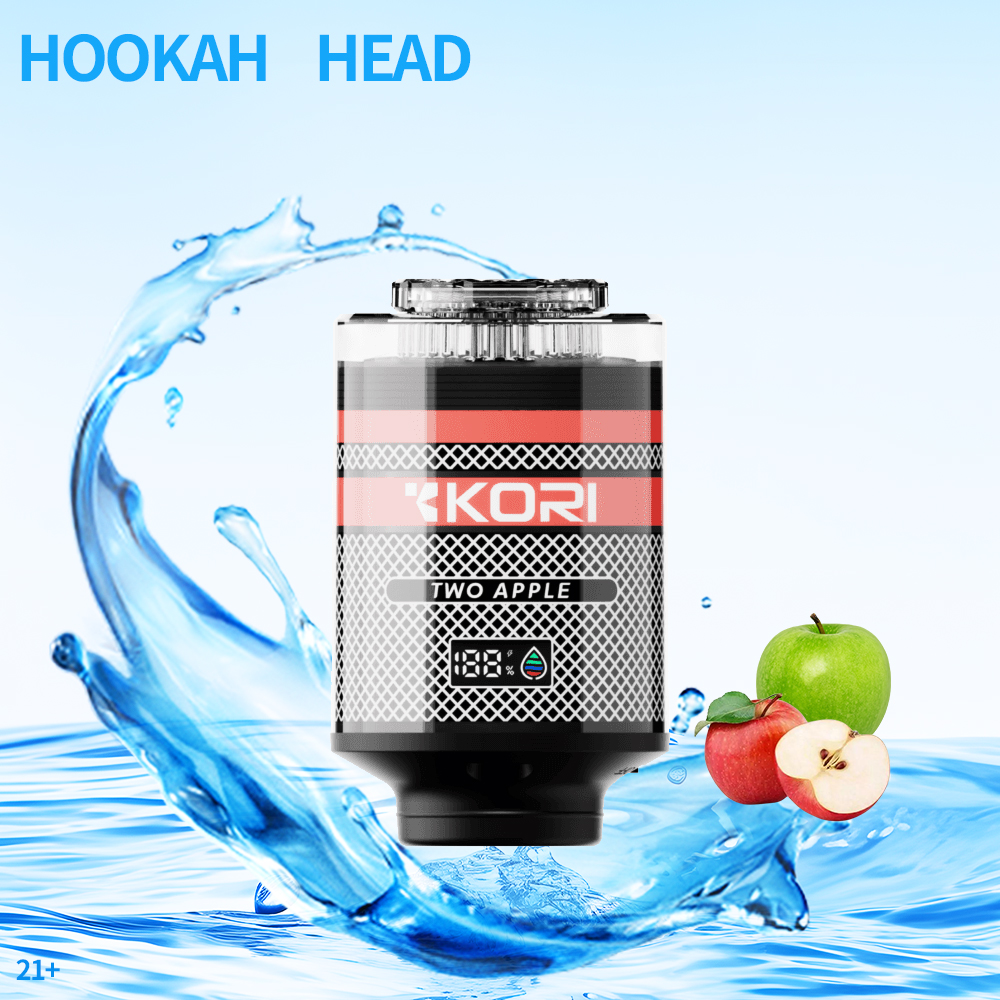How Much Does a Vape Shop Make? A Comprehensive Guide to Earnings
As the popularity of vaping continues to rise, many aspiring entrepreneurs are considering opening their own vape shops. A common question that arises among these potential business owners is: how much does a vape shop make? The answer can vary widely based on several factors including location, market demand, operational costs, and effective business strategies. In this article, we will delve deep into the revenue potentials of vape shops and what factors influence their financial success.
Understanding the Vape Shop Revenue Model
Before we dive into numbers, it's essential to understand the revenue model of a vape shop. Vape shops typically generate income through multiple streams:
- Sale of Vape Products: This is the primary revenue stream, including e-liquids, vape devices, and accessories.
- Brand Collaborations: Many shops collaborate with popular vape brands, receiving a commission on the sales they generate for these brands.
- Online Sales: With the rise of e-commerce, many vape shops have expanded their reach by selling products online.
- Vaping Lounges: Some stores offer a space for customers to try products, adding a social element which can also enhance sales.
Average Revenue and Profit Margins
According to various industry reports and surveys, a well-run vape shop can make anywhere from $300,000 to $1,000,000 annually. However, this number can fluctuate depending on several critical factors:
1. Location
The location of a vape shop plays a significant role in its earning potential. Shops located in high-traffic or affluent areas tend to attract more customers, thus generating higher sales. For instance, a vape shop in a suburban town may average around $300,000 annually, while stores in major urban centers can exceed $1,000,000 or more. Performing thorough market research is crucial before choosing a location.
2. Operational Costs
Understanding operational costs is essential for projecting sales income accurately. Rent, utilities, employee wages, insurance, and product costs can significantly impact profit margins. On average, a vape shop may have a profit margin of around 30% to 50% on products sold after accounting for these costs.
3. Product Mix and Pricing Strategies
Product offerings can immensely influence earnings. Shops that carry a diverse range of products, including premium and niche brands alongside mainstream products, can appeal to a broader customer base. Additionally, adopting competitive pricing strategies can attract more customers. For example, lithium-ion battery replacements, accessories, and specialty e-liquids can yield higher profit margins compared to standard products.
Customer Demographics and Market Trends
Understanding customer demographics is also crucial for maximizing earnings. Studies show that the typical vape customer tends to be between the ages of 18 to 35, often seeking alternatives to traditional tobacco products.
Market Trends Driving Sales
The vaping industry is continually evolving, with trends affecting consumer behavior significantly. For instance, the increasing awareness of health and wellness has led many users to seek vaping as a preferable option over smoking traditional cigarettes. Additionally, flavored vape products remain immensely popular, especially among younger demographics.
The Impact of Local Regulations
Local regulations can affect how much a vape shop can earn as well. Some states have imposed strict laws on the sale and marketing of vaping products, including age restrictions and product bans. Shops that comply with regulations not only avoid costly penalties but can also position themselves as trustworthy options for consumers. Staying ahead of regulatory changes and adapting business practices accordingly can help ensure a vape shop remains profitable.
Marketing Strategies to Increase Revenue
Effective marketing strategies can significantly enhance a vape shop’s sales. Below are some proven methods to increase revenue:
1. Social Media Engagement
Utilizing platforms such as Instagram, Facebook, and TikTok can attract younger customers effectively. Sharing engaging content, customer testimonials, and product promotions can significantly boost brand visibility.
2. Loyalty Programs
Creating loyalty programs that reward repeat customers can encourage increased spending. Offering discounts or special promotions for frequent buyers helps in building long-term relationships with customers.
3. Community Events
Hosting local events or vape meets can help establish a sense of community and promote brand loyalty. These events can also act as a platform to showcase new products.
Examples of Successful Vape Shops
A number of vape shops worldwide have carved a niche for themselves and lend insights into achieving profitability in this sector:
- VaporFi: With locations across the U.S., VaporFi has established an effective online presence and offers various products catering to diverse consumer preferences, enhancing its revenue stream significantly.
- Vape City: This well-known chain in Canada employs a unique customer-focused service model that emphasizes customer experience, increasing repeat business and profitability.
- Black Note: Focused on premium vaping products and natural flavors, Black Note has differentiated itself in the market, positioning itself as a leader and commanding higher price points.
In summary, the revenue potential for a vape shop can vary significantly based on factors such as location, market strategies, and local regulations. It's essential for aspiring vape shop owners to conduct thorough market research, understand the various cost dynamics, and develop effective marketing strategies that align with current trends and regulations.





